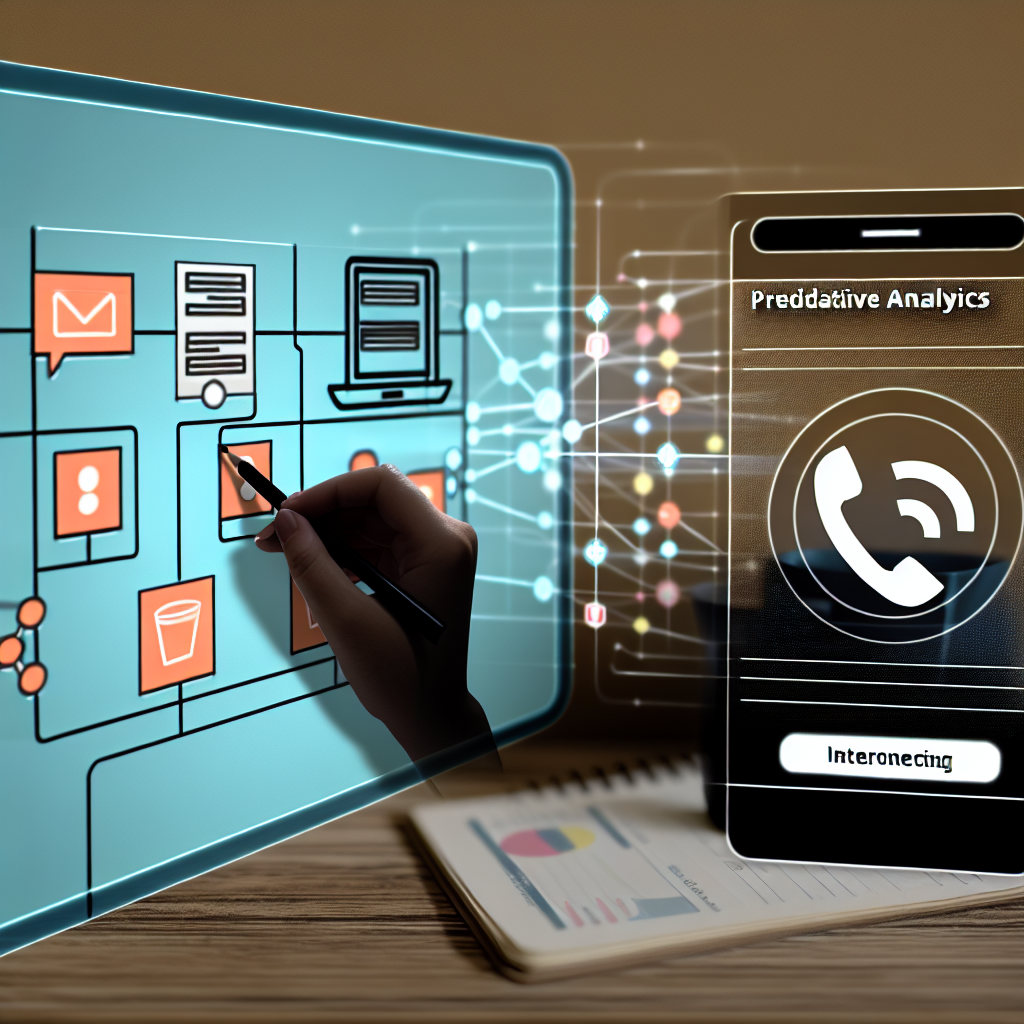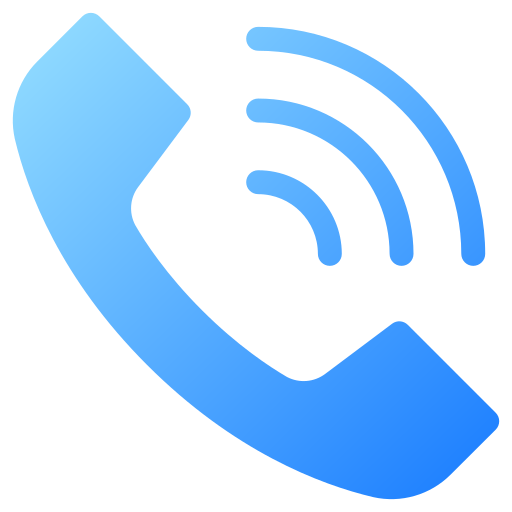Introduction
In the rapidly evolving landscape of the food and beverage industry, leveraging technological advancements has become crucial for maintaining competitive advantage. Predictive analytics, in particular, is transforming how businesses operate, offering insights that enhance decision-making and streamline processes. Within the realm of telephony, predictive analytics can play a pivotal role in managing reservations, tracking orders, and gathering customer feedback. By effectively utilizing these capabilities, businesses can improve customer experiences, optimize operations, and drive revenue growth.
Understanding Predictive Analytics in Telephony
Predictive analytics refers to the methodology of analyzing historical data to identify patterns and predict future outcomes. In the context of telephony in the food and beverage sector, it integrates various data points, such as customer interactions, reservations, and order fulfillment metrics, to yield actionable insights. The technology relies heavily on algorithms, statistical models, and machine learning techniques to forecast various scenarios, enabling businesses to make informed decisions that resonate with their customer base.
Enhancing Reservation Management
One of the most significant applications of predictive analytics within telephony is in reservation management. Restaurants and food service establishments often face challenges in managing bookings, especially during peak hours or special events. By utilizing predictive analytics, establishments can analyze historical data related to customer reservations, such as time of day, day of the week, and seasonal trends. This analysis enables them to forecast demand accurately.
For instance, restaurants can anticipate busy times and allocate staffing resources accordingly. By understanding patterns in customer reservations, they can implement dynamic pricing strategies to maximize revenue during peak periods while still attracting customers during slower times. Furthermore, telephony systems enhanced with predictive analytics can automate follow-up calls or text messages to remind customers of their reservations, reducing no-show rates and optimizing table turnover.
Optimizing Order Tracking
Another critical area where predictive analytics in telephony can make a substantial impact is in order tracking. As food and beverage establishments embrace online ordering systems and delivery services, real-time order tracking has become imperative for customer satisfaction. By employing predictive analytics, businesses can forecast order volume based on factors such as historical sales data, marketing campaigns, and even weather conditions. This insight allows restaurants to manage their inventory more efficiently, ensuring that they have the necessary ingredients on hand without overstocking.
Moreover, predictive analytics can enhance communication with customers. For instance, when an order is placed through a telephony system, analytics can provide estimated delivery times based on real-time traffic and operational capacity. Automated notifications can then be sent to customers, keeping them informed of their order status. By improving the transparency of the ordering process, restaurants can boost customer trust and satisfaction, which ultimately leads to repeat business.
Leveraging Customer Feedback
Customer feedback is a valuable asset for any food and beverage establishment. Understanding customer preferences and areas for improvement can significantly enhance service quality and customer loyalty. Predictive analytics can be harnessed to analyze customer feedback retrieved through various channels, including phone calls, surveys, and online reviews.
By integrating text analytics tools, businesses can process large datasets of customer feedback to identify recurring themes and sentiments. For example, if several customers mention delays in service during their phone interactions, this issue can be targeted through staff training or operational adjustments. Predictive analytics can also assess the likelihood of customer churn by analyzing feedback trends, enabling management to proactively address concerns before they lead to lost customers.
Improving Marketing Strategies
Integrating predictive analytics into telephony does not only benefit operational efficiency; it also enhances marketing strategies. By analyzing customer behavior patterns, preferences, and feedback, businesses can tailor their marketing campaigns to better resonate with their audience. For instance, predictive models can identify which customers are most likely to respond to particular promotions or menus, allowing for targeted outreach.
Moreover, customer segmentation becomes more manageable through the application of predictive analytics. Restaurants can categorize customers based on their dining preferences, frequency of visits, and responsiveness to marketing efforts. This data-driven approach allows businesses to personalize communications and offers, transforming how they engage with their customer base and ultimately leading to increased sales.
Integrating Predictive Analytics into Telephony Systems
To fully harness the benefits of predictive analytics in telephony, businesses must effectively integrate these systems within their existing frameworks. This process often starts with selecting the right software solutions that incorporate predictive capabilities. Many Customer Relationship Management (CRM) and Point of Sale (POS) systems have built-in analytical tools that can capture valuable data.
Once the appropriate systems are in place, training personnel on interpreting data and making data-driven decisions is essential. Employees should be equipped with the skills necessary to not only interact with the predictive analytics software but also to understand how to apply insights practically. This commitment to continuous learning and adaptation facilitates a culture of data-driven decision-making across the organization.
Conclusion
In conclusion, predictive analytics within telephony presents significant opportunities for food and beverage establishments seeking to improve reservation management, order tracking, and customer feedback processes. By understanding historical data and identifying patterns, businesses can enhance operational efficiency, improve customer satisfaction, and ultimately drive growth. The successful integration of these analytics into existing telephony systems, along with employee training and engagement, will pave the way for a more responsive, customer-centric approach. As technology continues to evolve, businesses that embrace predictive analytics will undoubtedly find themselves better positioned in the competitive landscape of the food and beverage industry.

